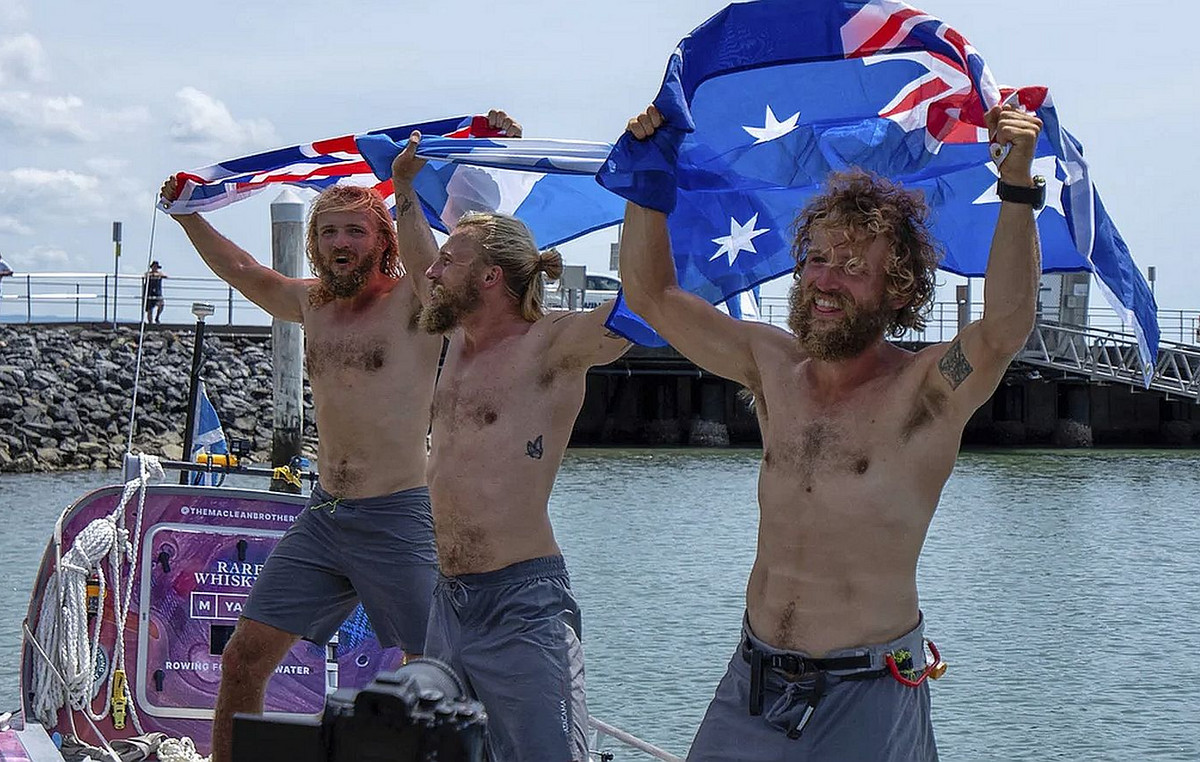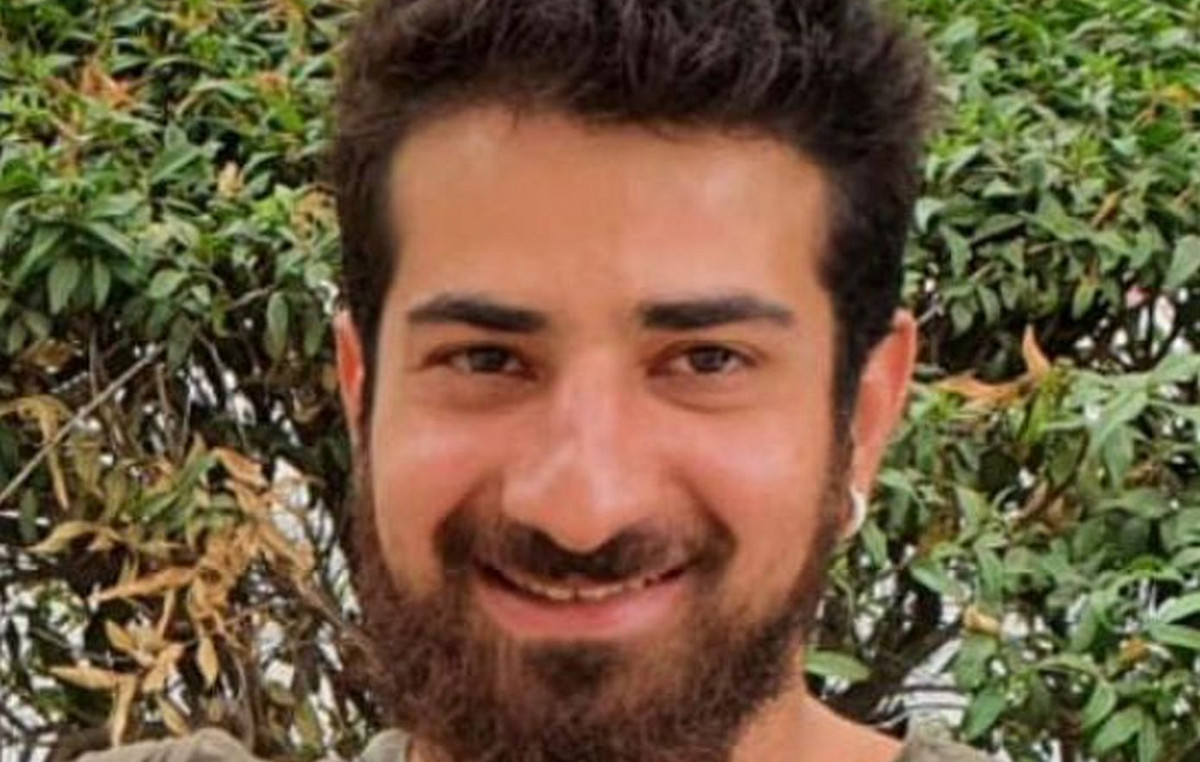Sometimes it happens that stories, even true ones, have a happy ending, or rather, an ending that gives hope. The one we are telling you begins in Ukraine and is the story of a 16-year-old girl, Anna Melnychok, who fleeing with his family from Kiev after the start of the conflict, suffers a terrible road accident due, apparently, to his father falling asleep. For the parent, unfortunately, there is nothing to be done, Anna however is alive, although she suffers very serious injuries and her conditions immediately appear desperate. She is first hospitalized in Lviv hospital, and then, last April, she is transferred to Italy, to the USU, Spinal Unit of the CTO in Turin.
Suddenly released from a coma after three months, while they were playing on the radio Shut up and Good of the Maneskin, a path of physical and psychological rehabilitation begins for her. A special and innovative treatment comes to Anna’s aid: a latest generation Mollii neurosuit, delivered by the Maria Adelaide Orthopedic Workshop, with which Anna was able to face rehabilitation through a personalized program that allowed her to achieve remarkable results.
Molii is equipped with a series of multi-district electrodes that emit sub-threshold muscle contraction electrostimulation, thanks to which it is possible to obtain greater control of the tone of the various muscles. «Anna’s attitude – explained the Doctor Maurizio Beatrici, Director of Neurorehabilitation at USU – CTO – initially showed a characteristic phenomenon of patients with severe cranial-brain trauma: body dysperception, a perceptive disorder that leads to seeing and perceiving one’s body in an altered way with respect to reality, which prevented doctors and therapists from working on the patient and touch it.” But, through personalized programming and the use of the Neurosuit for 1 hour every 48 hours, the girl’s muscular picture has considerably improved: «When the Mollii Neurosuit is positioned, and with constant and intensive pharmacological and re-educational work, these symptoms of severe body dysperception gradually subsided and we were able to undertake a mobilization programme.’
The Mollii Neurosuit
As he further noted Roberto Ariagno, Director of the Maria Adelaide Orthopedic Workshop, «The Neurosuit Mollii is used to reduce the tension of selected muscle groups and it is indicated for people with neurological motor problems due for example to head trauma, multiple sclerosis, outcomes from stroke and infantile cerebral palsy. Mollii is able to significantly improve the quality of life not only of direct users, but also of the proximity network that surrounds them: family members, caregivers, relatives, friends, colleagues, healthcare professionals”. And, considering that, only in relation to multiple sclerosis in Italy, there are 133,000 people affected and the families involved 1 million (AISM 2022 data), it really seems that the neurosuit can restore a sustainable quality of life to many people. An encouraging sign.
More Vanity Fair stories you might be interested in
How a person with a disability can feel “free” and safe in their own home
Why certain films about disability harm inclusion
Marina Cuollo: «Yes, people with disabilities have sex»
Politics, Max Ulivieri: «Disability? The great absentee from the electoral programs»
Marine Area: “More needs to be done on the narration of disability in cinema”
Disability, when the words you use can make a (cultural) revolution
Source: Vanity Fair
I’m Susan Karen, a professional writer and editor at World Stock Market. I specialize in Entertainment news, writing stories that keep readers informed on all the latest developments in the industry. With over five years of experience in creating engaging content and copywriting for various media outlets, I have grown to become an invaluable asset to any team.







